With a total area of over 24,233 km2 spreading from the South Central Coast, up to Lam Vien plateau with an average altitude of 1,500 m above sea level (including Bidoup - Nui Ba peak at 2,287 m high) and then gradually decreasing through the M'nong plateau, Lam Dong is not only the province with the largest natural area in the country but also the province with unique natural characteristics and leading biodiversity resources in the country today.

The diversity of Lam Dong's terrain, from the long white sand tropical coastline (about 192 km long coastline) to the temperate mountainous climate of Lam Vien plateau, the humid tropical monsoon climate of the M'nong plateau, has created unique natural landscapes with accompanying ecosystems (HST) with very high biodiversity levels.
In Lam Dong's terrestrial ecosystem, forests account for the largest area with a total forested land area of 1,132,111 hectares, with a forest cover rate of 46.72%. Of which, according to the Department of Agriculture and Environment, the forest cover rate of Lam Dong (old) reached 54.4%, of Binh Thuan (old) reached 43.11% and of Dak Nong (old) reached 39.58%.
Lam Dong's natural forests are distributed at different altitudes with main vegetation types including evergreen broadleaf forests; mixed broadleaf and coniferous forests; coniferous forests; deciduous broadleaf forests; mixed forests of scattered wood and bamboo; pure bamboo forests. In Lam Dong, there are currently 4 national parks including: Bidoup - Nui Ba National Park, Ta Dung National Park, part of Cat Tien National Park and part of Yok Don National Park.
Regarding terrestrial ecosystems, the old Lam Dong province alone has identified 3,526 species of forest plants and 393 species of fungi; of which 131 species are listed in the Vietnam Red Book in 2007; 45 species are listed in the red list of the International Union for Conservation of Nature (IUCN) and 43 species are listed in Decree 32/2006/ND-CP on management of endangered and rare forest flora and fauna. As for animals, researchers have counted 86 species of mammals, 301 species of birds, 102 species of reptiles and amphibians, 686 species of insects and 111 species of fish.
In the old Dak Nong , a recent survey reported that 1,489 species of forest plants belonging to 768 genera, 186 families, and 6 phyla of higher plants were recorded. Regarding animals, 28 orders, 86 families, and 273 species were recorded.
With wetland ecosystems, Lam Dong has a large area, including water bodies of rivers, streams, reservoirs and annual or periodic wetlands during the year. Typical examples are hydroelectric reservoir areas in the province such as: Da Nhim Lake, Dai Ninh Lake, Dan Kia Lake, Ta Dung Lake, Ea Sno Lake, Bien Lac, Ham Thuan, Song Quao, Song Luy... In the area, there are also unique wetlands that are partially flooded during the year or flooded all year round such as: Bau Sen, Bau Chim areas of Cat Tien National Park with vegetation mainly being flooded grasslands - habitat of birds and aquatic products.
With marine ecosystems, Lam Dong sea area in the old Binh Thuan province has an area of about 52,000 km2, is one of the three largest fishing grounds in the country. Here, Hon Cau Marine Reserve is considered a sea area with coral reefs that still retain high coverage. Recent surveys show that there are 146 species of coral, 78 species of zooplankton, 107 species of benthic animals and coral reef fish; there are sea turtles laying eggs and a very unique giant clam species. Another marine reserve in Phu Quy special zone has also been included in the planning.
It is also necessary to mention the mangrove forests and seagrass beds that create a diverse habitat for marine life. Especially the coastal sand dune ecosystem of Lam Dong such as Mui Ne and Bau Trang. This place has many unique species of flora and fauna, adapted to the dry desert environment and is home to many species of birds, especially migratory birds...
Biodiversity plays an important role in maintaining ecological balance and protecting the environment; regulating the climate, protecting water resources, preventing erosion, and providing natural resources. Thereby contributing to the development of ecotourism and local economic activities...
Source: https://baolamdong.vn/phat-huy-the-manh-tu-da-dang-sinh-hoc-386149.html




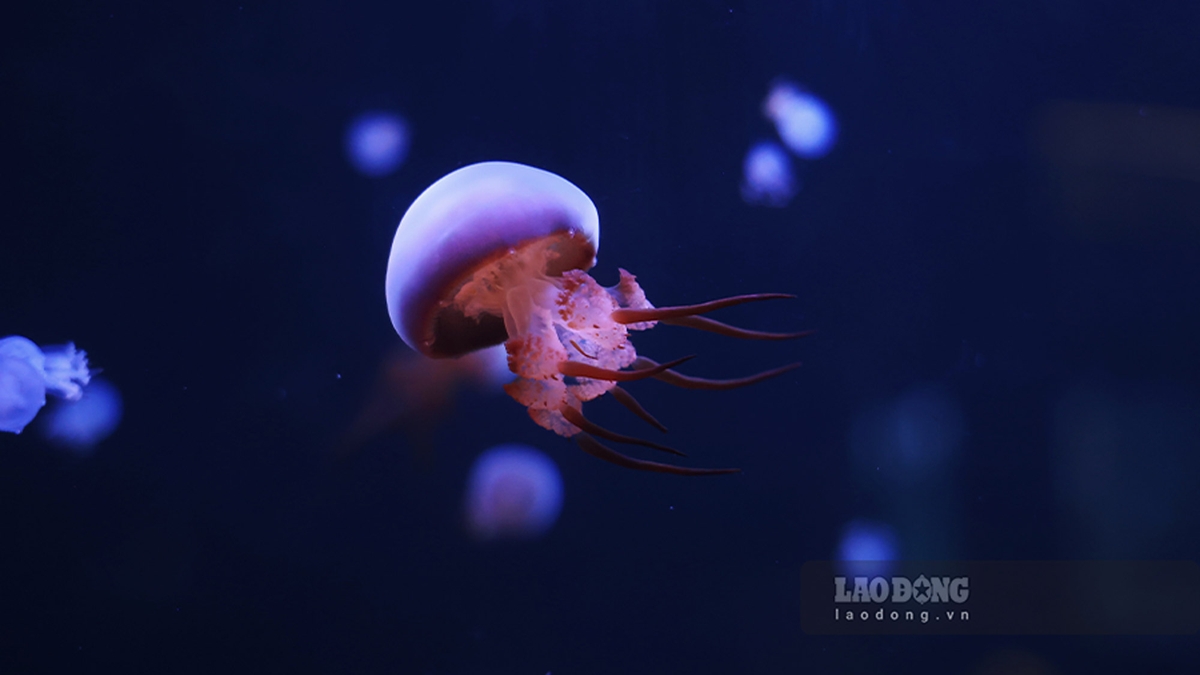
![[Photo] Opening of the 14th Conference of the 13th Party Central Committee](https://vphoto.vietnam.vn/thumb/1200x675/vietnam/resource/IMAGE/2025/11/05/1762310995216_a5-bnd-5742-5255-jpg.webp)














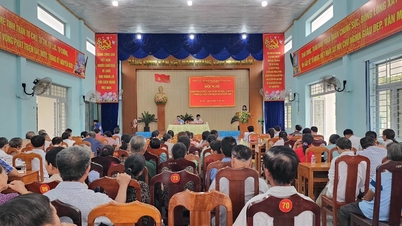
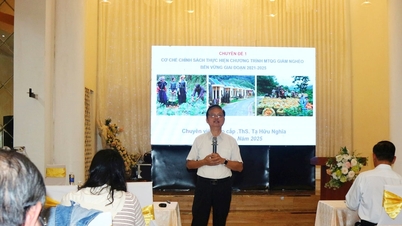






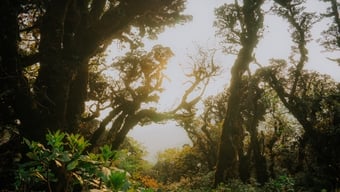

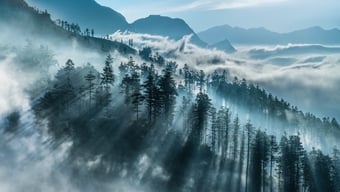

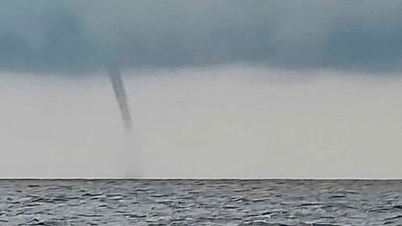
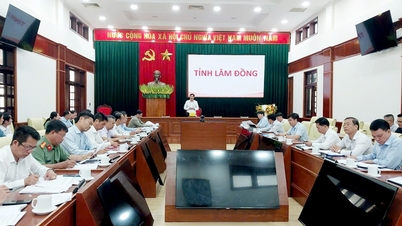
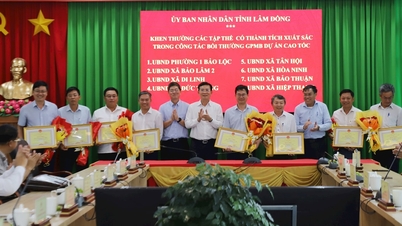


![[Photo] Panorama of the Patriotic Emulation Congress of Nhan Dan Newspaper for the period 2025-2030](https://vphoto.vietnam.vn/thumb/1200x675/vietnam/resource/IMAGE/2025/11/04/1762252775462_ndo_br_dhthiduayeuncbaond-6125-jpg.webp)







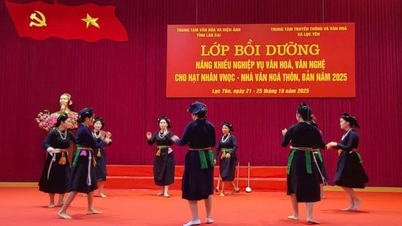


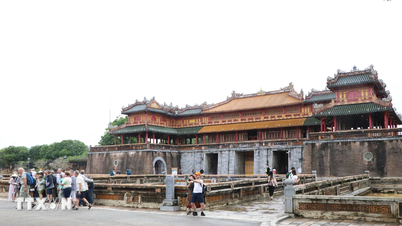









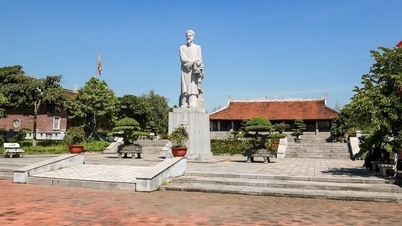


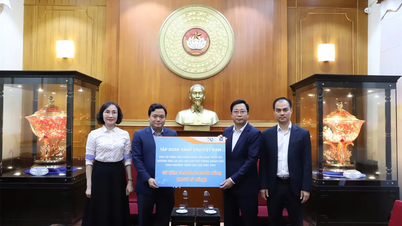

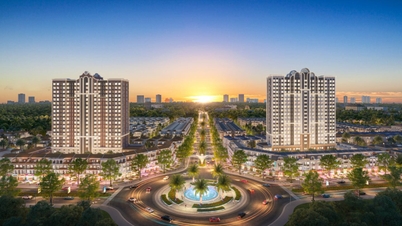
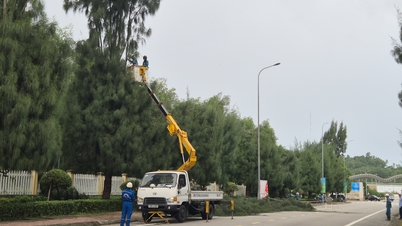



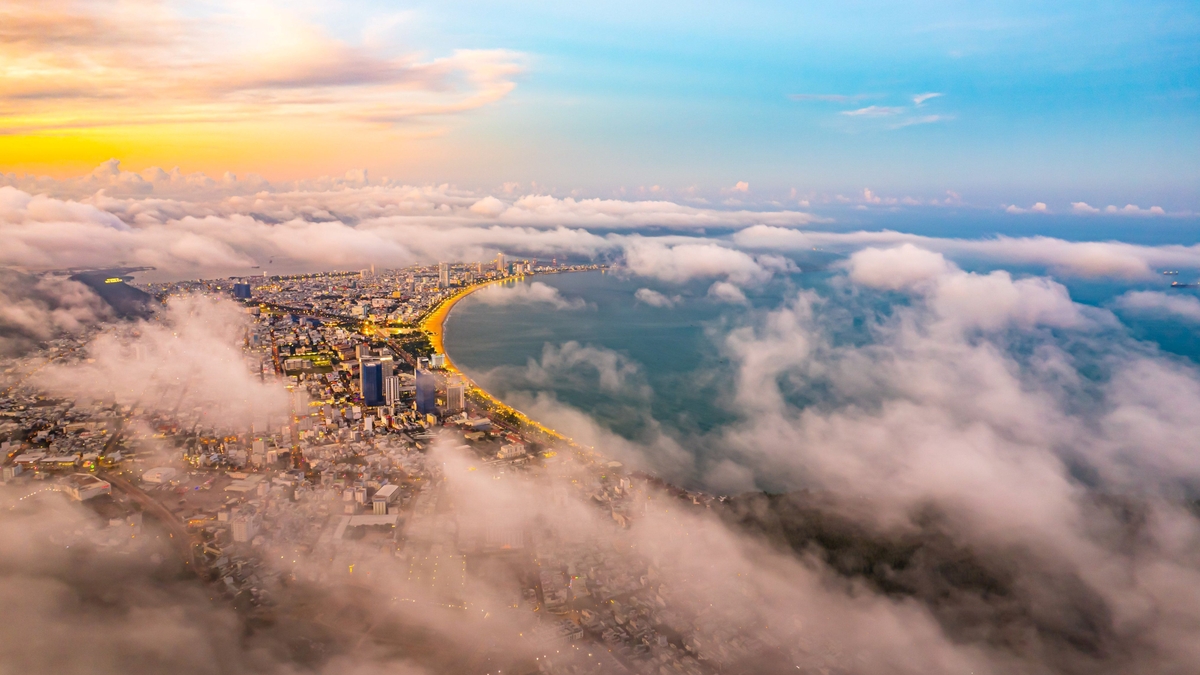
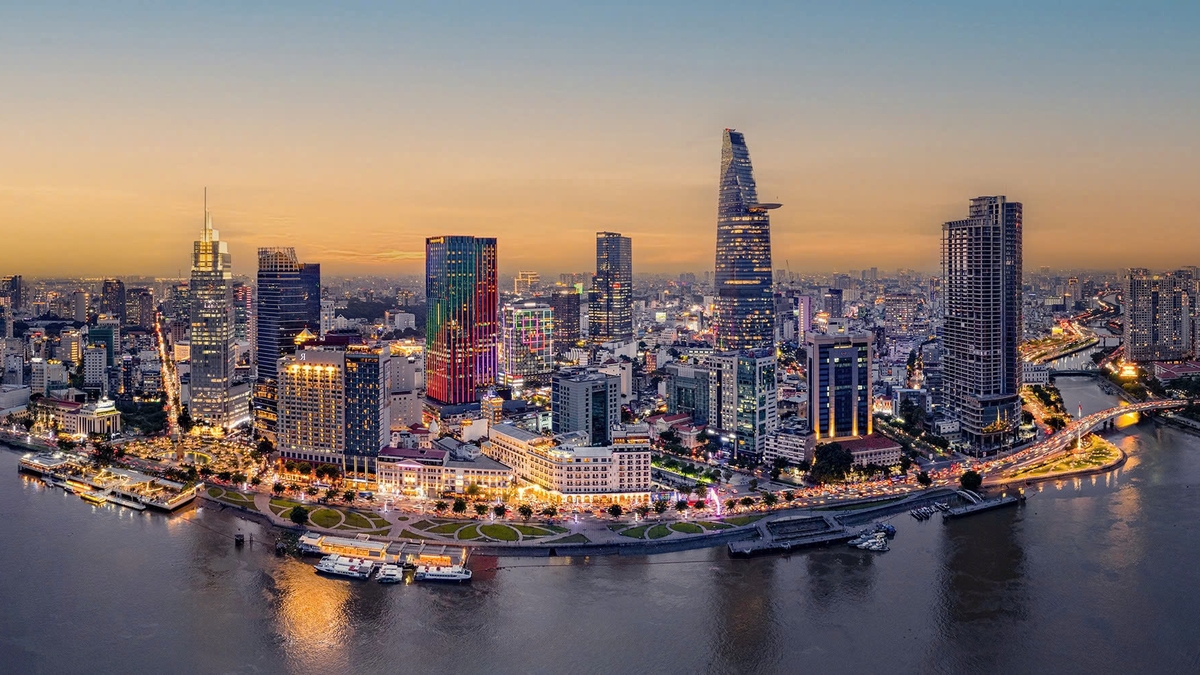
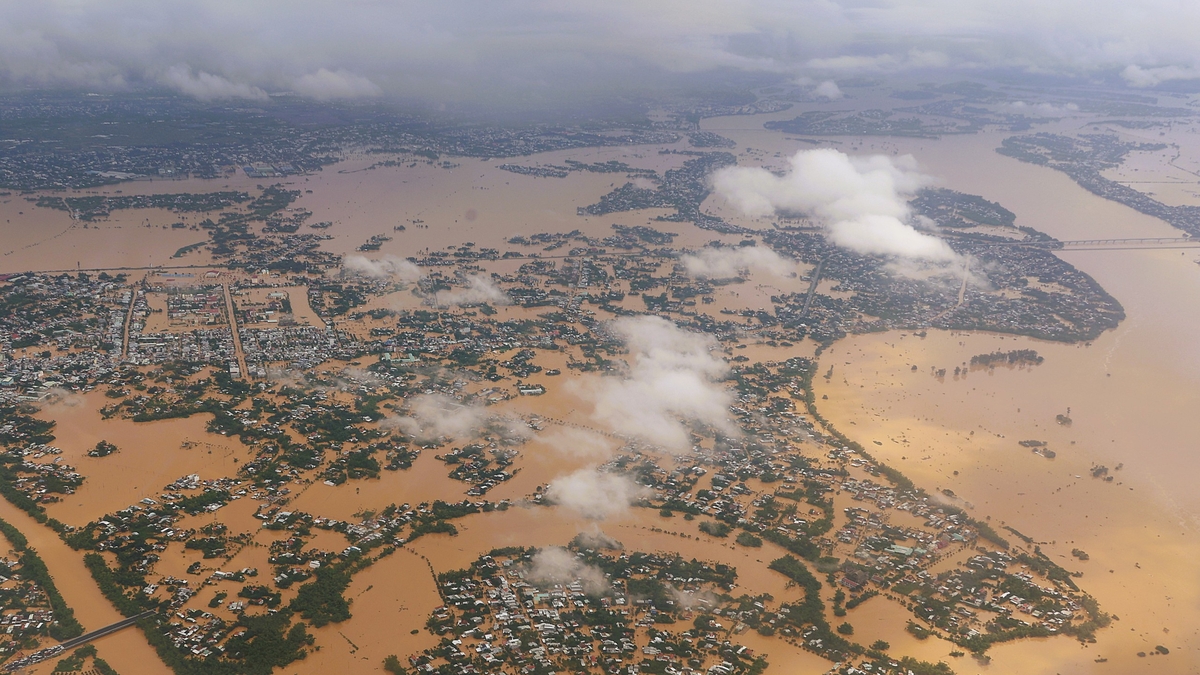
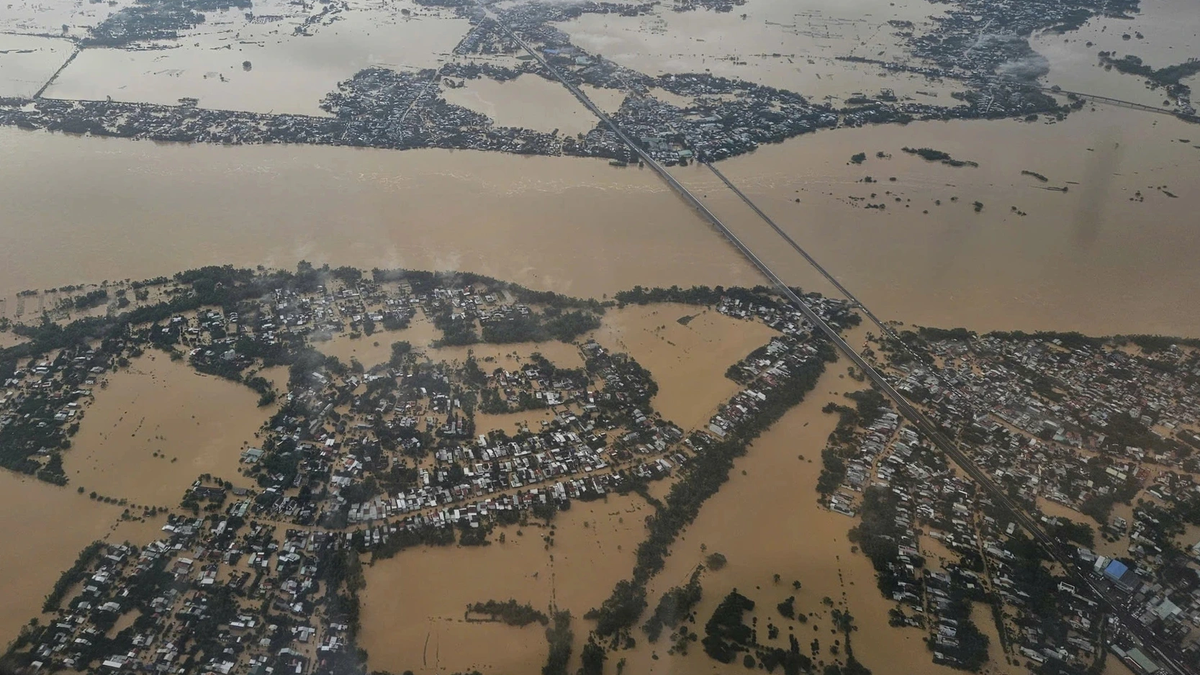

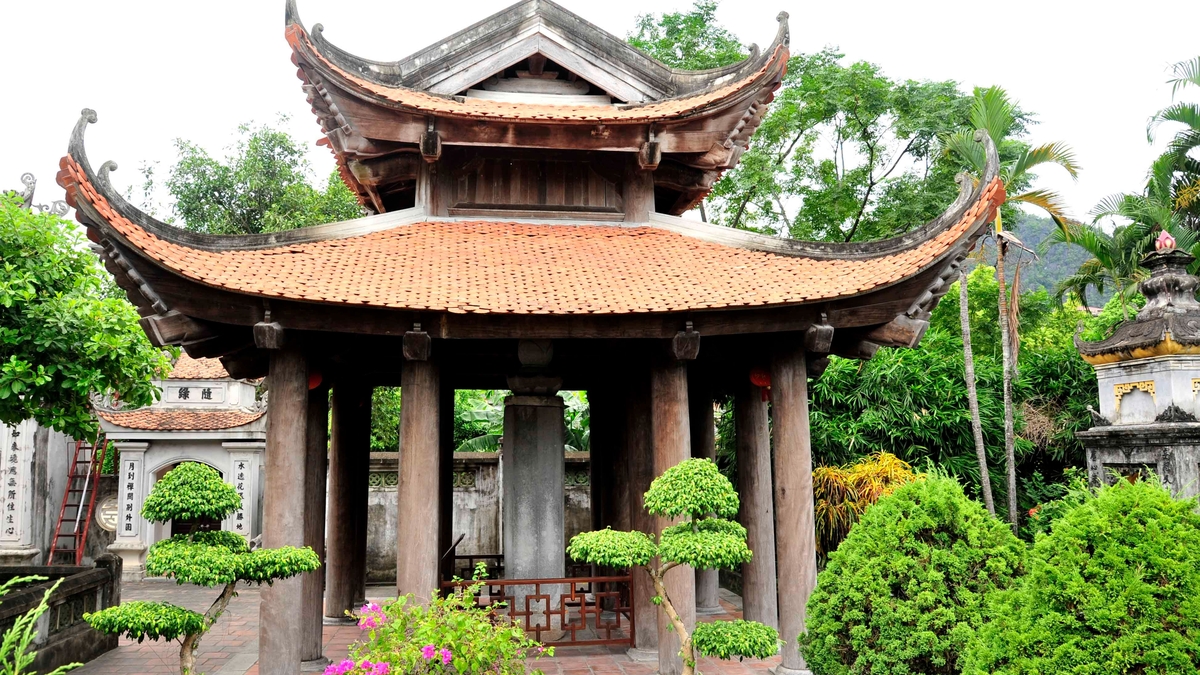

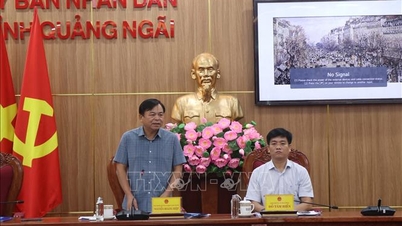


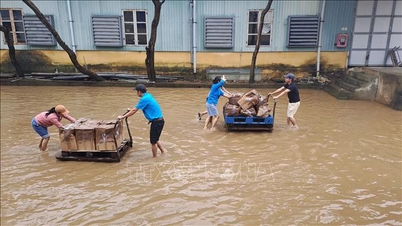


































Comment (0)